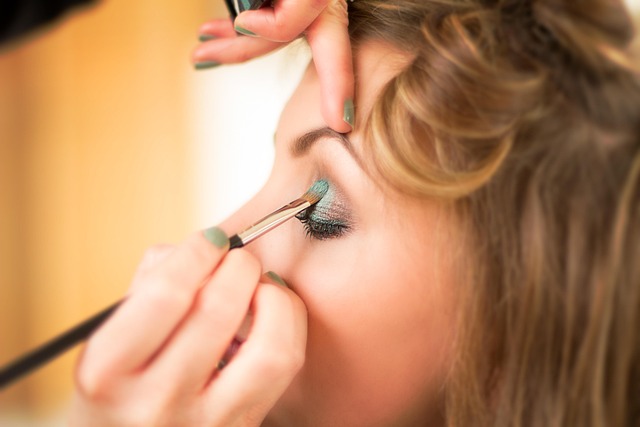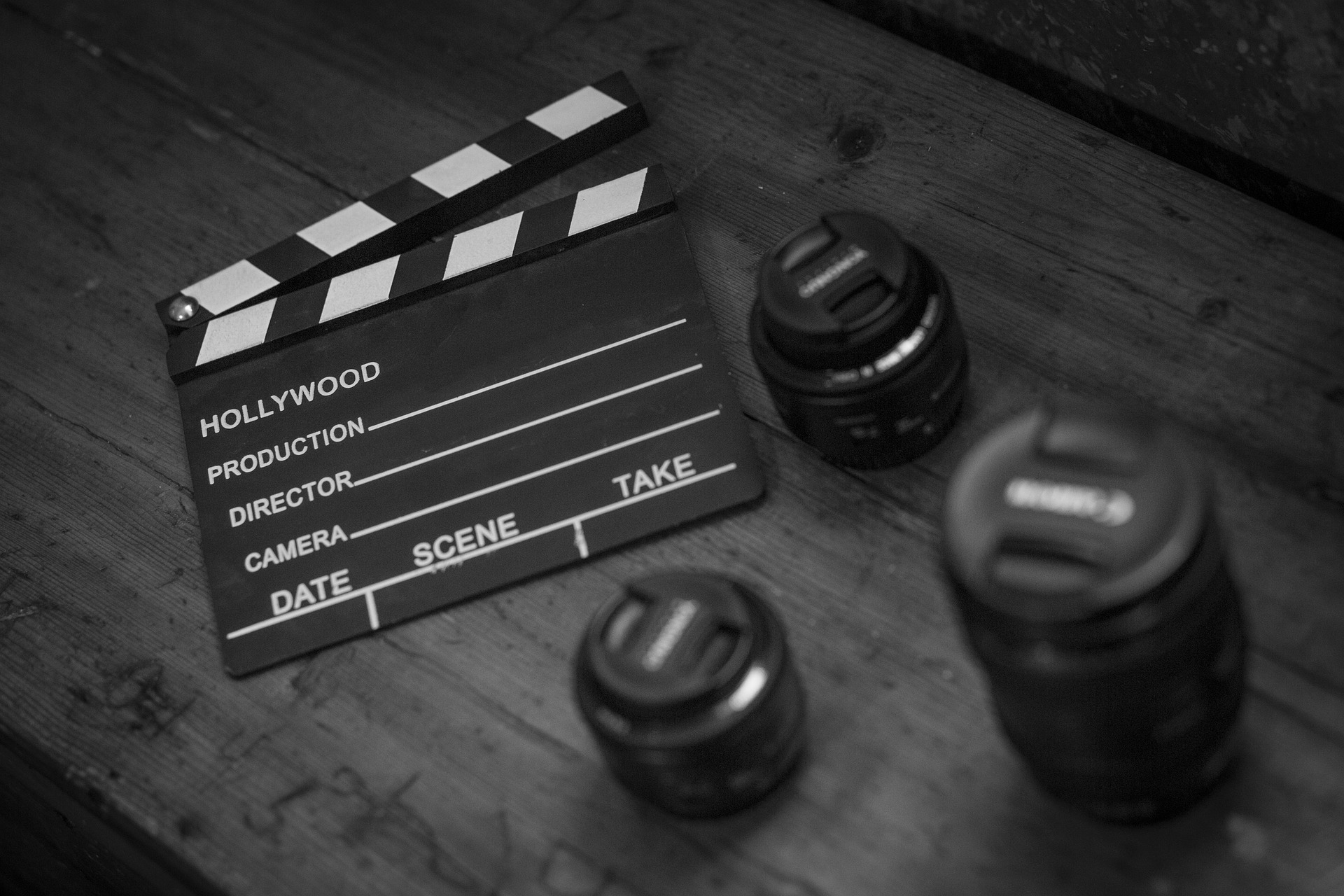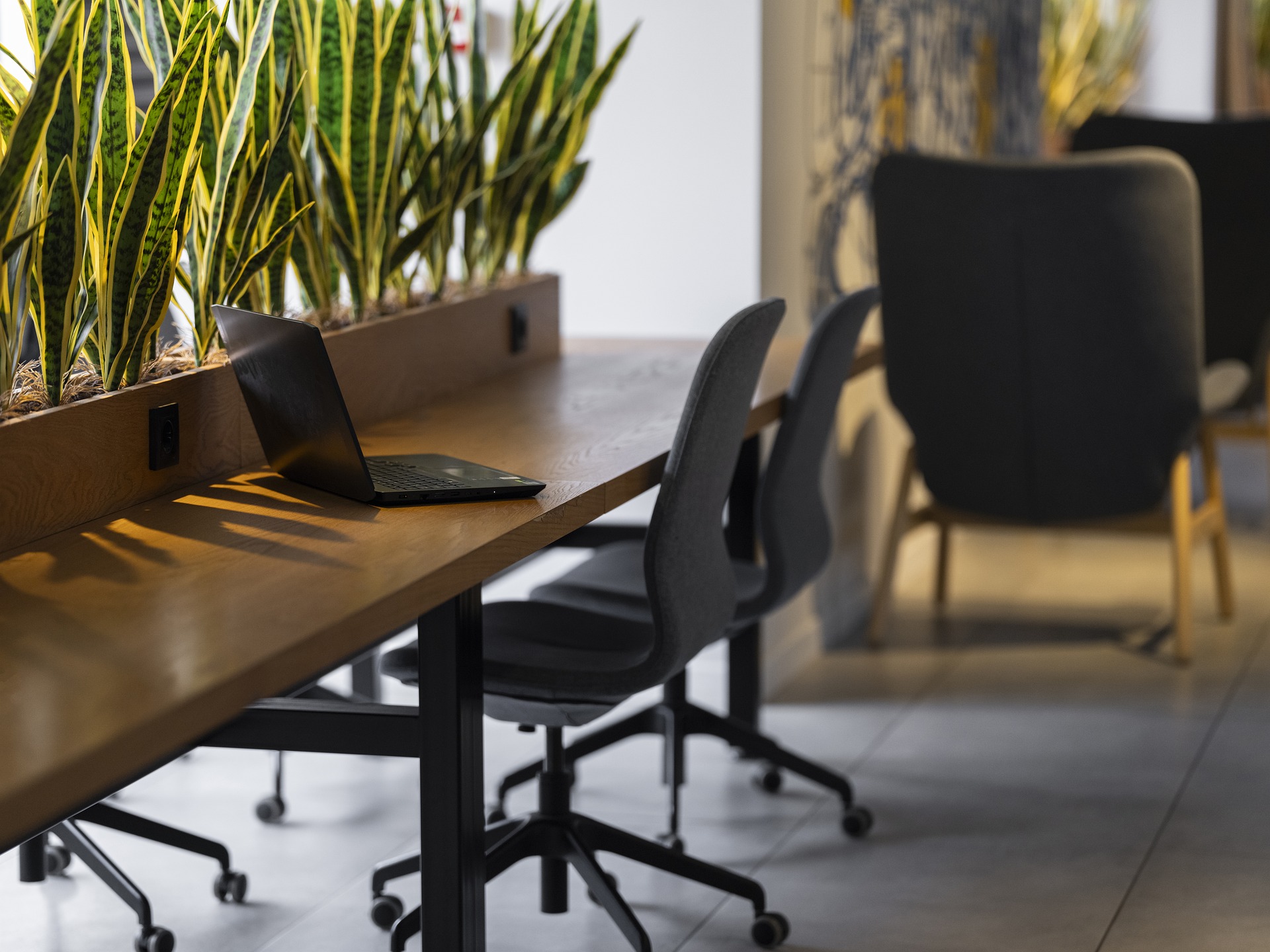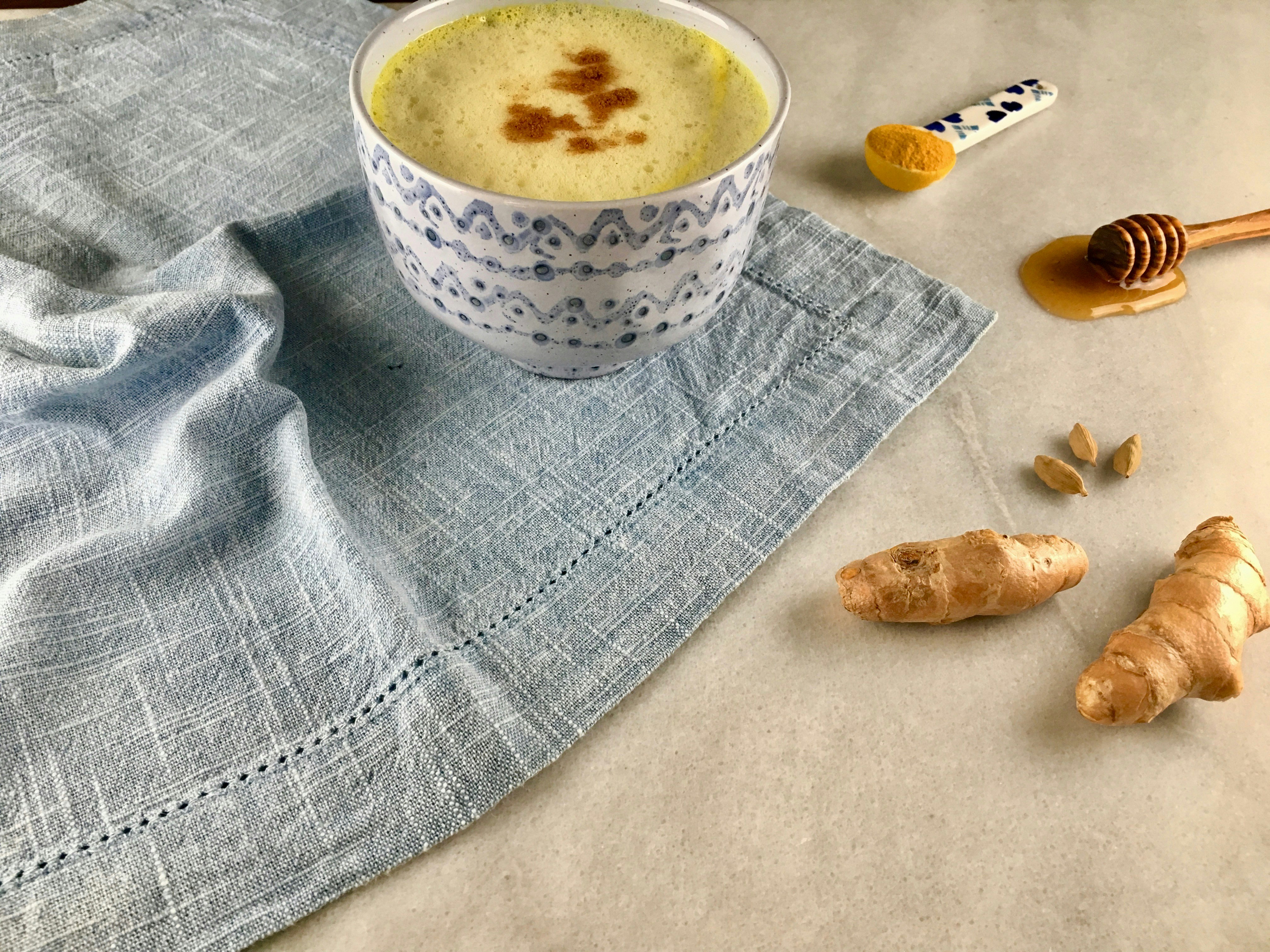The Power of Makeup: An Artistic Journey Through Time
The transformative power of makeup has been celebrated throughout history, as a tool for self-expression and an art form that is both personal and cultural. This article seeks to trace the historical journey of makeup, examining its various uses and meanings across different cultures and eras. We will explore the influence of historical trends on modern makeup and its impact on societal norms and self-perception. This exploration will reveal how makeup has evolved from a tool for enhancing physical beauty to a medium for personal expression and individual identity.

The Beginnings: Ancient Civilizations and Their Use of Cosmetics
The use of makeup can be traced back to ancient civilizations, where it was more than just a tool for enhancing one’s appearance. For example, in ancient Egypt, makeup was an integral part of religious rituals. It was believed to protect individuals from harmful forces and was often associated with deities. The ancient Egyptians would use kohl to rim their eyes and henna to color their nails and hair, practices that are still prevalent today.
Similarly, in ancient Greece, makeup was used by both men and women to signify social status. Pale skin was considered a sign of wealth and nobility, leading to the use of white lead and chalk to lighten the skin. The Romans, on the other hand, used cosmetics to highlight their physical attributes and as a status symbol.
The Middle Ages: Beauty and Modesty
The Middle Ages brought a shift in the perception of beauty and the use of makeup. The Church played a significant role in shaping societal norms, promoting modesty and natural beauty. Thus, the excessive use of makeup was frowned upon and even associated with deceit and immorality.
Despite this, cosmetics were still used subtly to enhance one’s appearance. Women would use natural ingredients like berries and beetroot to add color to their lips and cheeks. The focus was on enhancing one’s natural beauty rather than transforming one’s appearance.
The Renaissance to the Victorian Era: The Evolution of Beauty Standards
The Renaissance period saw a revival of the use of makeup, with women seeking to emulate the pale, porcelain skin of the idealized portraits of the time. However, the ingredients used, including lead and mercury, were highly toxic and often led to serious health issues.
The Victorian era, in contrast, was characterized by a return to modesty. Makeup was viewed as vulgar and unseemly. Women were encouraged to pursue a ‘natural’ beauty, and only the most subtle enhancements were acceptable.
The 20th Century: The Golden Age of Makeup
The 20th century marked a dramatic shift in the use and perception of makeup. The advent of cinema and the rise of Hollywood stars significantly influenced beauty trends. This era saw the birth of many iconic makeup looks, from the dramatic smoky eyes of the 1920s flapper girls to the bold red lips of the 1950s.
Moreover, it was during this period that makeup became more accessible to the general public. With the production of affordable cosmetics, women from all walks of life could now experiment with makeup and create their own unique looks.
Makeup in the 21st Century: A Tool for Self-Expression
Today, makeup has evolved beyond a tool for enhancing physical beauty. It is now seen as a form of self-expression and a way to celebrate individuality. The rise of social media has further democratized the world of makeup, with beauty influencers and makeup artists showcasing diverse and creative looks.
This shift in perception can be seen in the growing acceptance of men wearing makeup. More and more, makeup is being recognized as a medium for personal expression, regardless of gender.
The Enduring Power of Makeup
The history of makeup is a fascinating journey that reveals much about our changing perceptions of beauty and individuality. From its early use in ancient civilizations to its modern interpretation as a form of personal expression, makeup has remained a powerful tool for self-expression. Whether used to enhance natural beauty, adhere to societal norms, or make a bold statement, makeup continues to hold a significant place in our personal and cultural identities. Its power lies not just in its ability to transform appearances, but also in its capacity to empower individuals and challenge societal norms.





